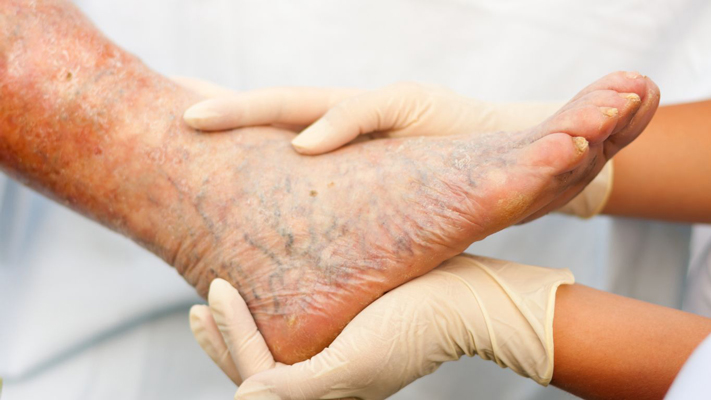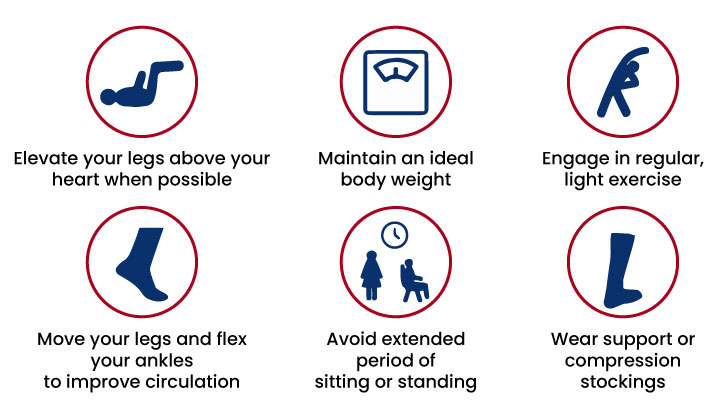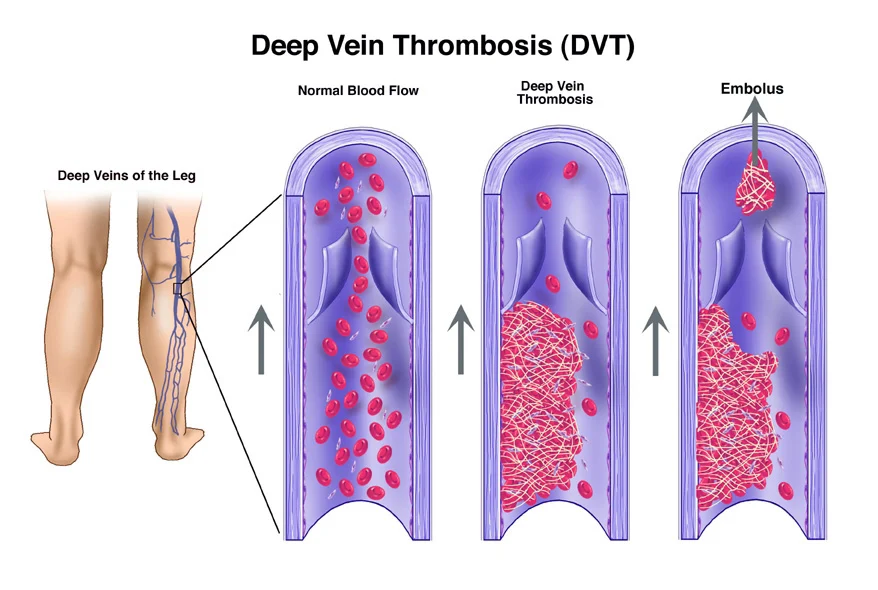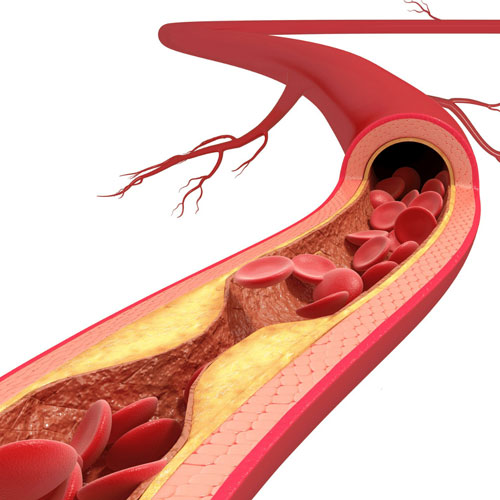Certainly! Here’s a concise summary of the benefits of exercise for managing Peripheral Vascular Disease (PVD):
1- Improved Circulation: Exercise promotes better blood circulation, delivering oxygen and nutrients to tissues, including the legs affected by PVD.
2- Reduced Intermittent Claudication: Regular exercise, especially supervised walking programs, can improve walking distance and alleviate pain during physical activity.
3- Cardiovascular Health: Exercise helps manage risk factors like high blood pressure, high cholesterol, and diabetes, commonly associated with PVD.
4- Enhanced Endurance: Physical activity enhances endurance, making daily activities more manageable for individuals with PVD.
5- Weight Management: Exercise, combined with a balanced diet, aids in maintaining a healthy weight, preventing disease progression.
6- Blood Sugar Control: Particularly beneficial for those with diabetes, exercise contributes to better blood sugar control and overall vascular health.
7- Collateral Circulation: Regular exercise may stimulate the development of collateral blood vessels, providing alternative routes for blood flow.
8- Improved Mood and Mental Health: Exercise has positive effects on mental well-being, helping alleviate stress and anxiety, crucial for managing chronic conditions like PVD.
Individuals with PVD should consult healthcare providers before starting an exercise program, ensuring safety and tailored recommendations. Exercise programs often include a mix of aerobic, strength, and flexibility exercises, with supervised options available, such as cardiac rehabilitation. In summary, exercise is vital for managing PVD, contributing to improved circulation, symptom reduction, and overall cardiovascular health.
If you or a loved one are seeking cutting-edge vascular care, look no further. Dr. Kunal Arora, a distinguished Interventional Radiologist in Mumbai, is dedicated to providing advanced and personalized solutions.




